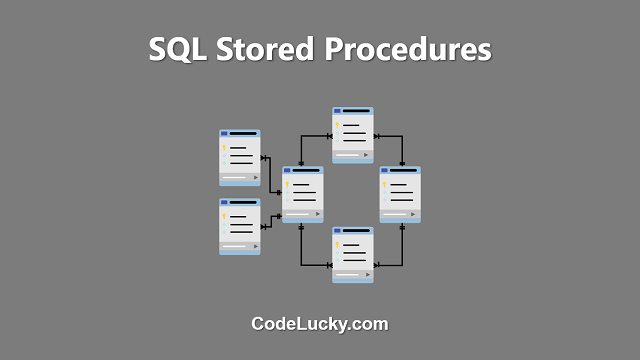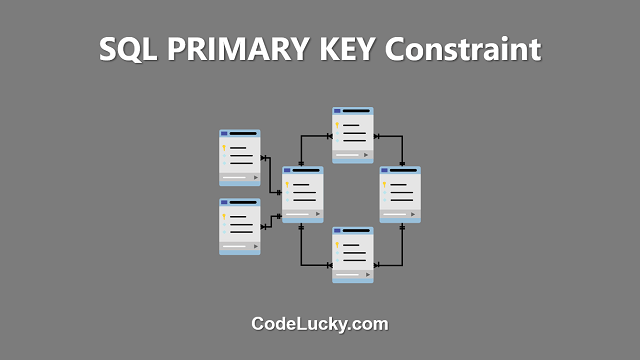ACID properties are the key characteristics of a database transaction that ensure data integrity and consistency. ACID stands for Atomicity, Consistency, Isolation, and Durability. These properties are essential for ensuring that database transactions are reliable, efficient, and secure.
Atomicity
Atomicity ensures that a database transaction is treated as a single, indivisible unit of work. If a transaction is interrupted or fails for any reason, the entire transaction is rolled back to its original state, and no changes are made to the database. This ensures that the database remains consistent and that no partial transactions are left behind.
For example, suppose a bank transfer involves two transactions, i.e., withdrawing money from one account and depositing it into another account. If the transfer fails at any point, it should roll back the entire transaction, i.e., no money should be withdrawn, and no money should be deposited.
Consistency
Consistency ensures that the database remains in a valid state before and after a transaction. This means that any data written to the database must adhere to predefined rules, constraints, and relationships. If a transaction violates any of these rules, the database system rolls back the transaction to its original state, ensuring that the data remains consistent and valid.
For example, suppose a database has a constraint that prevents negative values in a particular field. If a transaction attempts to insert a negative value, the database system will roll back the transaction to its original state, ensuring that the data remains consistent and valid.
Isolation
Isolation ensures that concurrent transactions do not interfere with each other. When multiple transactions are running simultaneously, each transaction should execute as if it is the only transaction running on the database. This means that transactions must be isolated from each other, ensuring that they do not interfere with each other’s data.
For example, suppose two transactions are running simultaneously, each withdrawing money from the same account. If the transactions are not isolated from each other, they may interfere with each other’s data, resulting in incorrect account balances. With isolation, each transaction executes independently, ensuring that the account balances remain correct.
Durability
Durability ensures that once a transaction is committed to the database, it remains permanent, even in the event of a system failure. This means that once a transaction is complete, the changes made to the database are permanent and cannot be undone.
For example, suppose a transaction transfers money from one account to another. Once the transaction is committed, the transfer becomes permanent, and the money cannot be returned to its original account, even in the event of a system failure.
ACID Properties and Transactions
ACID properties play a crucial role in ensuring that transactions are reliable and secure. When a transaction is executed, it must follow these properties to ensure that the data remains consistent and valid. The following table summarizes how each ACID property applies to database transactions:
| ACID Property | Description | Example |
|---|---|---|
| Atomicity | A transaction is treated as a single, indivisible unit of work. | A bank transfer that involves withdrawing money from one account and depositing it into another account. If the transfer fails at any point, the entire transaction is rolled back to its original state, and no changes are made to the database. |
| Consistency | The database remains in a valid state before and after a transaction, adhering to predefined rules, constraints, and relationships. | A database has a constraint that prevents negative values in a particular field. If a transaction attempts to insert a negative value, the database system will roll back the transaction to its original state, ensuring that the data remains consistent and valid. |
| Isolation | Concurrent transactions do not interfere with each other. | Two transactions are running simultaneously, each withdrawing money from the same account. With isolation, each transaction executes independently, ensuring that the account balances remain correct. |
| Durability | Once a transaction is committed to the database, it remains permanent, even in the event of a system failure. | A transaction transfers money from one account to another. Once the transaction is committed, the transfer becomes permanent, and the money cannot be returned to its original account, even in the event of a system failure. |
Examples of ACID Properties in DBMS
Let’s take a closer look at some examples of how ACID properties work in a DBMS:
Example 1: Atomicity
BEGIN TRANSACTION; UPDATE Customers SET LastName = 'Doe' WHERE CustomerID = 1; INSERT INTO Orders (CustomerID, OrderDate) VALUES (1, '2022-05-15'); COMMIT;
In this example, a transaction is started, updating the last name of the customer with ID 1 and inserting a new order for that customer. If any part of this transaction fails, the entire transaction will be rolled back, ensuring that the database remains consistent.
Example 2: Consistency
BEGIN TRANSACTION; INSERT INTO Orders (CustomerID, OrderDate) VALUES (1, '2022-05-15'); UPDATE Customers SET LastName = 'Doe' WHERE CustomerID = 1; COMMIT;
In this example, a transaction is started, inserting a new order for customer with ID 1 and updating the last name of that customer. However, if the constraint on the LastName field is set to disallow blank values, the transaction will be rolled back, ensuring that the database remains consistent.
Example 3: Isolation
Suppose two transactions are running simultaneously:
Transaction 1:
BEGIN TRANSACTION; UPDATE Accounts SET Balance = Balance - 100 WHERE AccountNumber = 1; COMMIT;
Transaction 2:
BEGIN TRANSACTION; UPDATE Accounts SET Balance = Balance - 200 WHERE AccountNumber = 1; COMMIT;
In this example, both transactions are updating the balance of the same account. Without isolation, the second transaction may execute before the first transaction has finished, resulting in an incorrect account balance. With isolation, each transaction executes independently, ensuring that the account balances remain correct.
Example 4: Durability
Suppose a transaction transfers money from one account to another:
BEGIN TRANSACTION; UPDATE Accounts SET Balance = Balance - 500 WHERE AccountNumber = 1; UPDATE Accounts SET Balance = Balance + 500 WHERE AccountNumber = 2; COMMIT;
Once this transaction is committed, the transfer becomes permanent, even if there is a system failure or power outage. The changes to the account balances will be saved and restored when the system is back online.
Conclusion
The ACID properties are essential for ensuring the reliability and integrity of data in a database. They provide a set of rules and guarantees that enable transactions to be processed reliably, even in complex and concurrent environments. By adhering to these principles, database management systems can provide a robust and reliable platform for storing and processing critical data.







